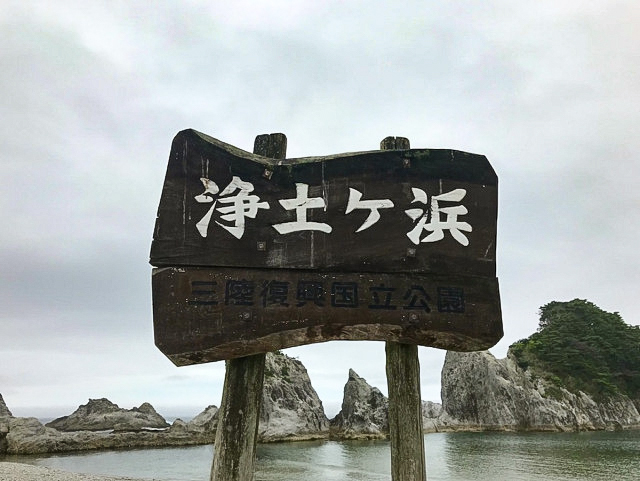
Rather than forget the horrors of the disaster, this coastal town has set up daily reminders of the tsunami on the streets.
In times of devastating loss the world as you know it seems to stop for a while, with time passing slowly as if it may never start up the way it used to again. Then, before you realise it, months and then years pass by, and while things change and you get used to the new normal, the events of the past edge further away, but they’re never, ever forgotten.
These are the thoughts that come to mind as we recall the devastating Great East Japan Earthquake that struck off the coast of the Tohoku region on the afternoon of 11 March 2011. One of the worst-hit areas was Miyako in Iwate Prefecture, where tsunami waves reached heights of up to 40.5 meters (133 feet).
As we edge close to the ninth anniversary of the disaster this week, our reporter Takashi Harada decided to share his story of the trip he took up to Miyako last summer to see how it was faring almost a decade after the coastal area was completely devastated.
Arriving at Miyako Station, Takashi stepped out into a quiet coastal town that was far away from the hustle and bustle of a big city like Tokyo. It had a relaxed atmosphere, and yet a sense of sombreness hung in the air. He thought this might’ve just been him projecting his own sorrow over what happened here out into the world, but then he realised he’d been seeing signs like this in his peripheral vision.
As he walked around, he saw that these blue-and-white signs were everywhere. Written across them was:
“2011.3.11 Great East Japan Earthquake The tsunami inundation depth reached here.”
These signs really make the devastation hit home for visitors, and Takashi was deeply moved by what he saw. Like scars on the townscape, the signs could be found next to both one-storey buildings and other buildings that were several storeys tall.
▼ Some of the signs reveal that the tsunami swallowed the entire ground floor of some buildings.
Jodogahama, a series of rock formations along the coast of Miyako Bay, is a nationally designated Place of Scenic Beauty. While it looks peaceful today, there was a time when the water here surged inland.
▼ Overlooking Jodogahama is a seaside rest house.
Heading up to the rest house reveals another blue sign showing the height of the water when the tsunami engulfed the town.
▼ The tsunami here reached the ceiling on the second floor.
The rest house, which was restored in June 2012, now sells souvenirs. There’s no forgetting the past here, though, as a photo posted outside the building shows what it looked like at the end of March 2011. Glass on both stories of the building shattered, and everything inside was swept away in the tsunami.
The red arrow points to the observatory, so Takashi went up the outer stairs to get to it. Looking out from this height, he could get a better view of just how high the water would have been on that disastrous day.
He felt overwhelmed with sadness, thinking about the horrors that people witnessed and the lives that were lost on 11 March 2011. Although he only spent a few days in Miyako, Takashi says what he saw and experienced in the coastal town will stay with him for a lifetime.
While a lot of the damaged buildings in the area have since been rebuilt and restored, Miyako will never forget the day the tsunami swept their town away. The signs throughout the area act as a constant reminder not just of the devastation they experienced, but how quickly a disaster can occur.
Nine years have passed since the Great East Japan Earthquake, and though life goes on, at 2:46 pm on 11 March, Japan will stop for a minute and remember. As we send up a prayer for all the people who were affected by the disaster, we will never, ever forget that day.
Images ©SoraNews24
● Want to hear about SoraNews24’s latest articles as soon as they’re published? Follow us on Facebook and Twitter!
[ Read in Japanese ]

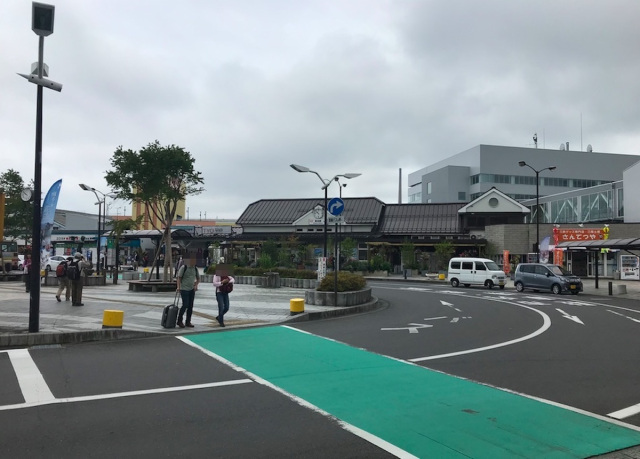
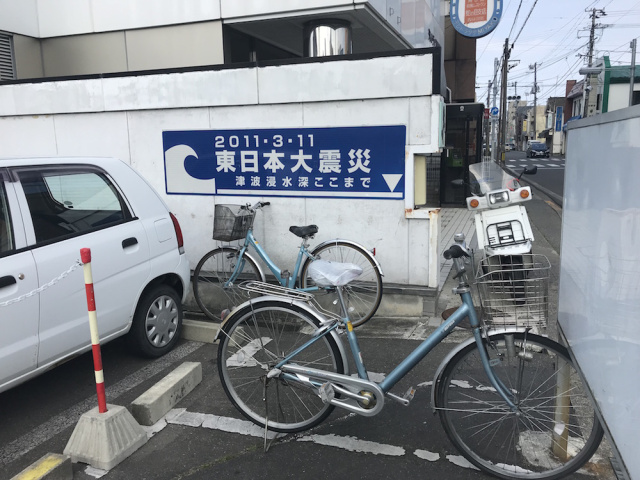

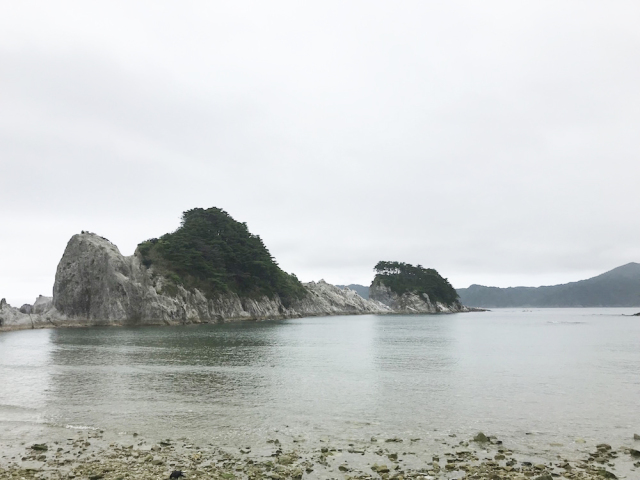
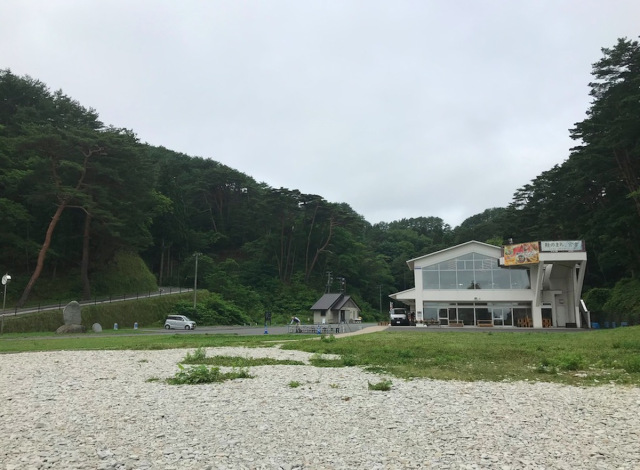
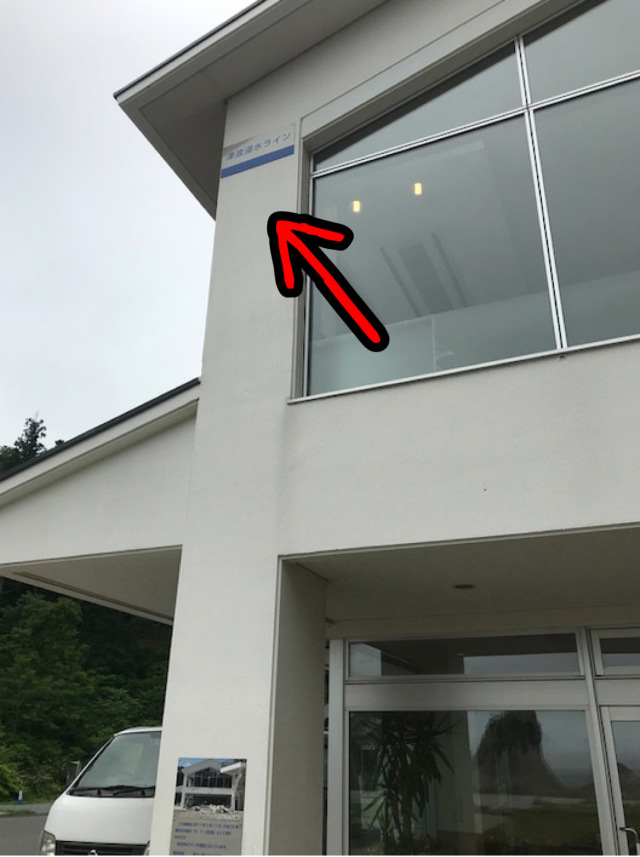
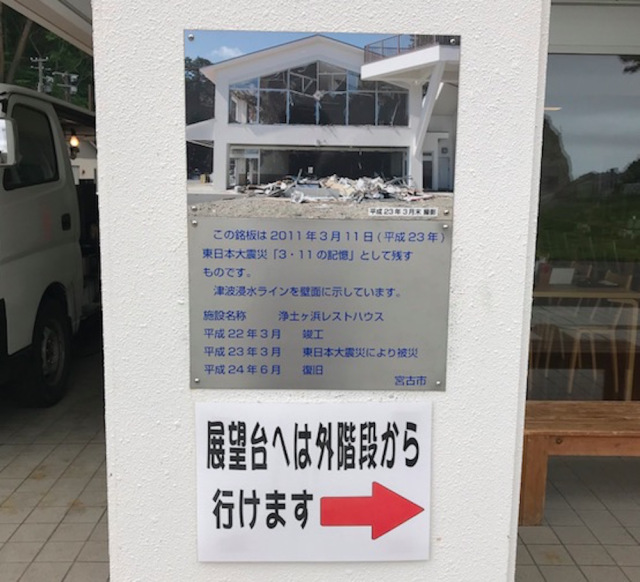
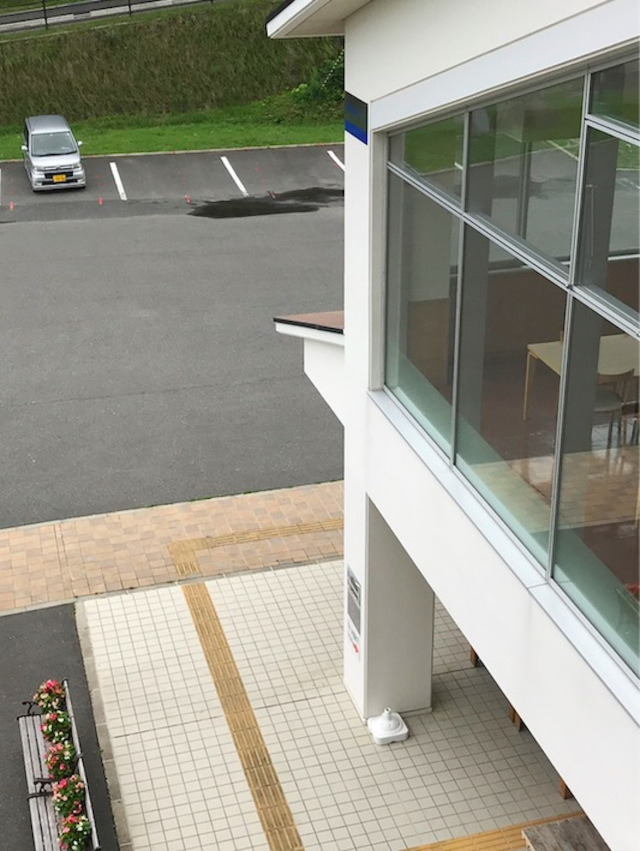
 Five years on, Google Maps updates images of areas affected by 2011 earthquake and tsunami
Five years on, Google Maps updates images of areas affected by 2011 earthquake and tsunami Great East Japan Earthquake memorial service broadcast in Shinjuku after years-long absence
Great East Japan Earthquake memorial service broadcast in Shinjuku after years-long absence If the 2011 tsunami hit Tokyo’s Shibuya Scramble Crossing, this is how high it would’ve been
If the 2011 tsunami hit Tokyo’s Shibuya Scramble Crossing, this is how high it would’ve been Boat believed to be debris from Japan’s 2011 tsunami drifts all the way to Washington
Boat believed to be debris from Japan’s 2011 tsunami drifts all the way to Washington Pokémon GO preserves the memory of building lost in Japan’s 2011 tsunami by making it a PokéStop
Pokémon GO preserves the memory of building lost in Japan’s 2011 tsunami by making it a PokéStop Japan’s new difficult-to-drink-from beer glass protects your liver, but it’s a brutal experience
Japan’s new difficult-to-drink-from beer glass protects your liver, but it’s a brutal experience Demon Slayer: Kimetsu no Yaiba gets new roller coaster attractions and food at Universal Studios Japan
Demon Slayer: Kimetsu no Yaiba gets new roller coaster attractions and food at Universal Studios Japan How to order snacks on a Shinkansen bullet train in Japan
How to order snacks on a Shinkansen bullet train in Japan Burger King Japan suddenly adds Dr. Pepper and Dr. Pepper floats to its menu nationwide
Burger King Japan suddenly adds Dr. Pepper and Dr. Pepper floats to its menu nationwide New Pokémon ice cream, dessert drinks, and cool merch coming to Baskin-Robbins Japan【Pics】
New Pokémon ice cream, dessert drinks, and cool merch coming to Baskin-Robbins Japan【Pics】 Caffeinated ramen for gamers that you can eat with one hand going on sale in Japan
Caffeinated ramen for gamers that you can eat with one hand going on sale in Japan New samurai glasses are Japan’s latest weird must-have souvenir
New samurai glasses are Japan’s latest weird must-have souvenir McDonald’s adds new watermelon frappe and fruity macaron to its menu in Japan
McDonald’s adds new watermelon frappe and fruity macaron to its menu in Japan Princesses, fruits, and blacksmiths: Study reveals the 30 most unusual family names in Japan
Princesses, fruits, and blacksmiths: Study reveals the 30 most unusual family names in Japan We check out the local flavors of the commonly confused Ome and Aomi areas of Tokyo in one day
We check out the local flavors of the commonly confused Ome and Aomi areas of Tokyo in one day Nintendo history you can feel – Super NES, N64, and GameCube controllers become capsule toys
Nintendo history you can feel – Super NES, N64, and GameCube controllers become capsule toys Hello, cosmetics! Clinique teams up with Hello Kitty this summer for first-time collaboration
Hello, cosmetics! Clinique teams up with Hello Kitty this summer for first-time collaboration “The most Delicious Cup Noodle in history” – Japan’s French Cup Noodle wins our heart【Taste test】
“The most Delicious Cup Noodle in history” – Japan’s French Cup Noodle wins our heart【Taste test】 Starbucks releases a cute Frappuccino and Unicorn Cake…but not in Japan
Starbucks releases a cute Frappuccino and Unicorn Cake…but not in Japan Kyoto Tower mascot termination reveals dark side behind cute Japanese characters
Kyoto Tower mascot termination reveals dark side behind cute Japanese characters McDonald’s Japan’s Soft Twist Tower: A phantom ice cream only sold at select branches
McDonald’s Japan’s Soft Twist Tower: A phantom ice cream only sold at select branches Yabai Ramen: What makes this Japanese ramen so dangerous?
Yabai Ramen: What makes this Japanese ramen so dangerous? Finally! Nintendo Japan expands Switch 8-bit controller sales to everybody, Online member or not
Finally! Nintendo Japan expands Switch 8-bit controller sales to everybody, Online member or not Japanese government wants to build luxury resorts in all national parks for foreign tourists
Japanese government wants to build luxury resorts in all national parks for foreign tourists To combat declining birth rate, Japan to begin offering “Breeding Visas” to foreigners
To combat declining birth rate, Japan to begin offering “Breeding Visas” to foreigners 10 things you should buy at 7-Eleven in Japan
10 things you should buy at 7-Eleven in Japan Studio Ghibli releases anime heroine cosplay dresses that are super comfy to wear
Studio Ghibli releases anime heroine cosplay dresses that are super comfy to wear Woman charged for driving suitcase without a license in Osaka
Woman charged for driving suitcase without a license in Osaka Studio Ghibli unveils My Neighbour Totoro miniature house model
Studio Ghibli unveils My Neighbour Totoro miniature house model Kyoto experiencing problems with foreign tourists not paying for bus fares, but not on purpose
Kyoto experiencing problems with foreign tourists not paying for bus fares, but not on purpose Fighting mild hunger with a Japanese soda that turns into jelly in the stomach【Taste test】
Fighting mild hunger with a Japanese soda that turns into jelly in the stomach【Taste test】 Studio Ghibli’s Howl’s Moving Castle tapestry unveiled in Japan for first time
Studio Ghibli’s Howl’s Moving Castle tapestry unveiled in Japan for first time McDonald’s new Happy Meals offer up cute and practical Sanrio lifestyle goods
McDonald’s new Happy Meals offer up cute and practical Sanrio lifestyle goods Sales of Japan’s most convenient train ticket/shopping payment cards suspended indefinitely
Sales of Japan’s most convenient train ticket/shopping payment cards suspended indefinitely Sold-out Studio Ghibli desktop humidifiers are back so Totoro can help you through the dry season
Sold-out Studio Ghibli desktop humidifiers are back so Totoro can help you through the dry season Japanese government to make first change to romanization spelling rules since the 1950s
Japanese government to make first change to romanization spelling rules since the 1950s Foreigner’s request for help in Tokyo makes us sad for the state of society
Foreigner’s request for help in Tokyo makes us sad for the state of society Ghibli founders Toshio Suzuki and Hayao Miyazaki contribute to Japanese whisky Totoro label design
Ghibli founders Toshio Suzuki and Hayao Miyazaki contribute to Japanese whisky Totoro label design Doraemon found buried at sea as scene from 1993 anime becomes real life【Photos】
Doraemon found buried at sea as scene from 1993 anime becomes real life【Photos】 Tokyo’s most famous Starbucks is closed
Tokyo’s most famous Starbucks is closed Great East Japan Earthquake: Commemorate eight years and donate with a search on Yahoo! Japan
Great East Japan Earthquake: Commemorate eight years and donate with a search on Yahoo! Japan Tohoku tsunami survivor’s $12K camera: heart-felt gift or PR stunt?
Tohoku tsunami survivor’s $12K camera: heart-felt gift or PR stunt? Japanese teams use orange flags as a tsunami alert signal for swimmers and surfers
Japanese teams use orange flags as a tsunami alert signal for swimmers and surfers Pokémon GO enters partnership to help disaster-stricken regions of Japan 【Video】
Pokémon GO enters partnership to help disaster-stricken regions of Japan 【Video】 Women speak out about sexual violence after Great East Japan Earthquake
Women speak out about sexual violence after Great East Japan Earthquake Hidden in plain sight, low-key sweets shop surviving in Tokyo’s street market is a tasty treasure
Hidden in plain sight, low-key sweets shop surviving in Tokyo’s street market is a tasty treasure Mr. Sato and Yoshio visit a cafe that receives a daily letter from actor Ken Watanabe
Mr. Sato and Yoshio visit a cafe that receives a daily letter from actor Ken Watanabe Tohoku man honors brother killed in tsunami with hundreds of blue carp streamers
Tohoku man honors brother killed in tsunami with hundreds of blue carp streamers Annual Tokyo memorial for March 11 tsunami comes with a heartwarming musical surprise【Video】
Annual Tokyo memorial for March 11 tsunami comes with a heartwarming musical surprise【Video】 Seven years after earthquake, Fukushima teen says March 11 is an “ordinary day” in the prefecture
Seven years after earthquake, Fukushima teen says March 11 is an “ordinary day” in the prefecture Is Japan about to be rocked by a big earthquake?
Is Japan about to be rocked by a big earthquake? New Japan rail pass gives you a week of free rides in a huge space to chase the cherry blossoms
New Japan rail pass gives you a week of free rides in a huge space to chase the cherry blossoms 70 Japanese students volunteer to help clean Canada’s shores of Tohoku Tsunami debris
70 Japanese students volunteer to help clean Canada’s shores of Tohoku Tsunami debris Man reported missing after 2011 Tohoku earthquake found alive and well
Man reported missing after 2011 Tohoku earthquake found alive and well
Leave a Reply